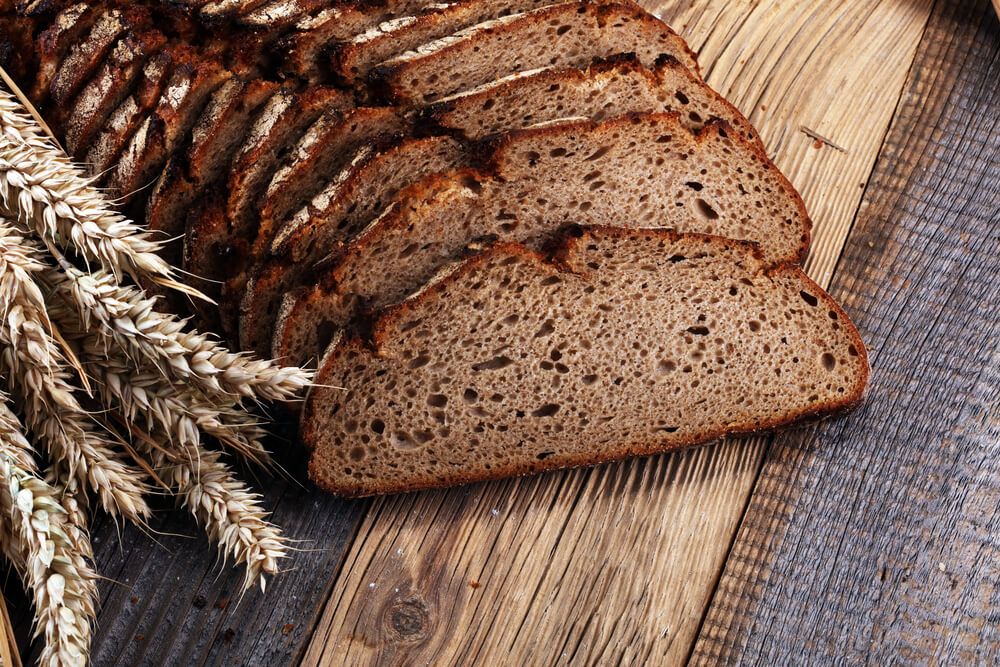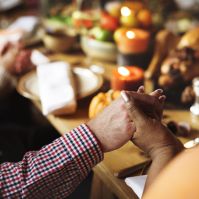Lammas, also known as Lughnasadh, is the first of the three pagan harvest festivals, a time of abundance, gratitude, and honoring the earth’s bounty. Whether you're new to the festival or looking to enrich your traditions, this guide will help you learn how to celebrate Lammas in a meaningful way.
What Is Lammas and When Is It Celebrated?

Lammas, or Lughnasadh, marks the first harvest of the year, typically falling on August 1st. Its roots in ancient Celtic traditions made it a time for communities to gather and give thanks for the earth's bounty.
Lammas and the Solstices
This celebration occurs shortly after Litha, the summer solstice, which is the peak of the sun’s power. As the days begin to shorten after Litha, Lammas symbolizes the shift towards the harvest season, honoring the fruits of the earth.
In Wiccan and pagan culture, it marks the midpoint between the summer solstice and the autumn equinox. Lammas honors the grain harvest, particularly wheat and barley, and is symbolic of the beginning of the end of the growing season.
Harvest Season Celebrations
Historically, this festival was a time for feasting, making offerings of the first fruits, and participating in various rituals to ensure a bountiful remainder of the year. It is also a time for paying tribute to the sun god, as his strength begins to wane.
Lammas blessings are central to the celebration, invoking prosperity, growth, and the acknowledgment of the hard work that has gone into cultivating the land. It’s a time to reflect on the fruits of one's labor, both in the literal sense of agriculture and metaphorically in terms of personal growth and achievements.
What Are Some Lammas Traditions?
Lammas traditions are deeply rooted in respect for the earth and the cycles of nature. Many of the customs celebrated today are inspired by ancient practices but have evolved to fit modern-day interpretations.
The festival invites both reflection and celebration, and different communities observe it in unique ways. Discover some key Lammas traditions and rituals to make your own celebration meaningful.
Lammas Symbols

Several symbols are associated with Lammas, each representing different aspects of the harvest and the changing seasons. Here are some of the most significant Lammas symbols:
- The Wheat Sheaf: A symbol of abundance and prosperity, representing the grain harvest at Lammas.
- The Sun Wheel: Representing the sun god, this symbol acknowledges the life-giving energy of the sun, especially as the days begin to shorten.
- Cornucopia: The horn of plenty, often associated with a bountiful harvest, symbolizes the fruits of the earth that are reaped during Lammas.
- Sickle: A tool used in harvesting, the sickle is a reminder of the hard work that goes into gathering the bounty of the land.
- Bread: A common symbol for Lammas, representing the grain harvest and the nourishing food that sustains us.
These symbols can be incorporated into your Lammas celebration through decorations, rituals, and personal reflections. They help to honor the themes of abundance, gratitude, and renewal that are central to the holiday.
Lammas Blessings
Lammas blessings are an important part of the celebration, reflecting the spirit of gratitude and the acknowledgment of the earth’s gifts. These blessings are often given to family members, friends, and communities as a way of wishing prosperity, growth, and good fortune in the coming months.
A typical Lammas blessing may invoke the spirit of the harvest, thanking the earth for its abundance, and asking for continued blessings in the future. Here’s a simple blessing you can use during your celebration:
"Blessed be the earth, blessed be the fruits of the land, may your harvest be abundant, your life be full, and your spirit be nourished."
The meaning behind Lammas blessings is to acknowledge the cyclical nature of life. They are not only a way of expressing gratitude for the food we receive but also a way of reflecting on the efforts we’ve made and the growth we’ve experienced.
Lammas Colors
The colors associated with Lammas reflect the richness and fullness of the harvest season and evoke the warmth of the sun, the ripening of crops, and the vibrancy of the earth in full bloom.
- Gold and Yellow: Symbolizing the sun, prosperity, and ripened crops, these colors evoke abundance, fertility, and the warmth of summer.
- Red and Orange: Symbolizing the first fruits of the harvest and the ripening of the earth’s bounty, these colors invoke the energy of transformation and growth.
- Brown and Earth Tones: These colors reflect the fertility of the soil and the grounding energy of the earth. They remind us of our connection to the land and the cycles of nature.
Incorporating these colors into your Lammas rituals, whether in your decorations, clothing, or altar items, can help to enhance the energy of the celebration and create a sense of harmony with the natural world.
Lammas Foods

Food plays a significant role in Lammas celebrations, with traditional dishes often revolving around the grain harvest. Bread, made from freshly harvested wheat, is a common centerpiece of the celebration. Here are some traditional Lammas foods to include in your festivities:
Grains
Lammas honors the grain harvest, so include baked goods like bread, cakes, and pastries in your feast, using whole grains such as wheat, oats, and barley.
Fruits and Vegetables
Seasonal fruits like apples, berries, and grapes, as well as vegetables like corn, squash, and pumpkins, are commonly featured in Lammas feasts. These foods represent the abundance of the harvest.
Honey
As a symbol of sweetness and prosperity, honey is often included in Lammas offerings and dishes. Traditional drinks like cider or ale made from seasonal fruits are popular at Lammas gatherings, toasting to the abundance of the earth.
Incorporating these foods into your Lammas celebration not only connects you to the harvest season but also serves as a reminder of the sustenance the earth provides.
How To Celebrate Lammas with Meaning and Gratitude
No matter how you choose to celebrate, Lammas invites reflection and gratitude, honoring life’s cycles and growth. Just as Lammas celebrates the cycles of nature, your spiritual journey can also evolve and grow. At the Universal Life Church (ULC), we recognize and honor diverse traditions, supporting individuals in creating meaningful ceremonies and rituals that reflect their unique beliefs.
If you’re interested in deepening your connection to the earth’s cycles or want to make your Lammas celebrations more meaningful, consider becoming a minister with ULC. By getting ordained through ULC, you can lead ceremonies, offer blessings, and celebrate the abundance of life in a way that aligns with your spiritual path.



